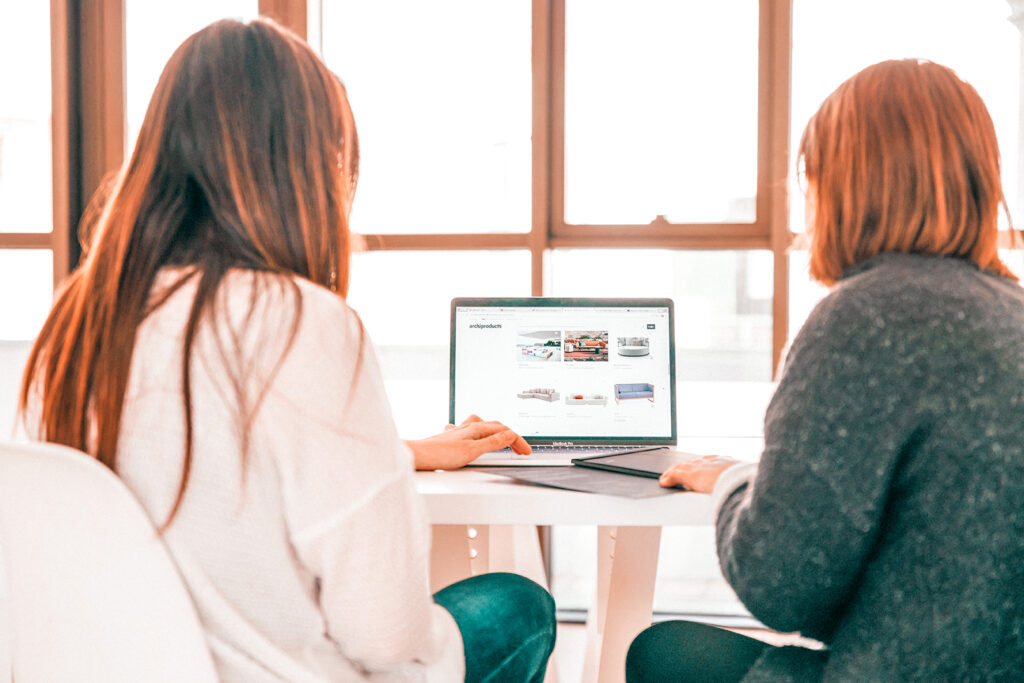
It’s not much of a surprise to learn that today’s workforce is changing.
With shifting market dynamics, new customer preferences, and a rapidly-decreasing talent supply, companies are facing increased pressure to think beyond traditional ways of building an effective and skilled workforce.
New recruiting systems need to appeal to a complex and diverse talent base, and putting those systems in place will require a fundamental shift in perspective for employers.
A recent report from Mercer, a human resources consulting company, summarizes how talent acquisition is changing, and ultimately, how open-source talent is the best option for building a sustainable workforce.
The Principles of Open-Source Talent
In the ongoing “war for talent,” companies face extraordinary pressure to attract and retain top talent. This model assumes that each company has exclusive “ownership” of the talent they’ve recruited – in other words, an employee of one company can’t work for another company without changing employers.
With an open-source talent model, companies shift from this zero-sum game to a more fluid model that values access over ownership.
The primary benefits of open-source talent are:
1. Collaboration. Companies can build a higher quality, broader talent pool by collaborating with other employers during the recruiting process, instead of scouting for talent with an “us vs. them” mentality.
2. Sharing. Companies can share employees within their own company and across other organizations to expand the talent base and grow their workforce ecosystem.
3. Community. To increase the effectiveness of their current and future talent base, companies can seek out creative ways to become part of larger communities where employees learn, develop skills, and exchange ideas.
How to Become an Attractive Employer for Digital Talent
Just like consumers, top employees are looking for experiences – so employers that can deliver expanded working conditions will be more likely to pull in the talent they need. Top talent will be attracted to companies that:
- Allow them to live and work “in flow.” Top talent wants a seamless work/life experience enabled by constant connectivity. Companies should engage with current and potential employees to shape the workforce.
- Know them well and personalize propositions. Every interaction with a potential or current employee becomes a valuable data source for understanding their needs. Companies can use that data to build more personalized propositions that support a greater purpose.
- React to their individual needs, interests, and personal challenges. Challenge the norms of HR and redefine people management by putting the needs of the employees first and foremost.
- Are authentic. A successful talent value proposition delivers not just competitive compensation and benefits, but a sense of purpose and an experience that focuses on wellbeing.
The Massive Benefits of the Open-Source Talent Model
Unilever adopted this new open-source talent model, and it has resulted in:
- 80%+ positive feedback from candidates
- 3%+ decreased marketing expenditure in 2016
- 75% reduction in recruiting time
- 90% reduction in time-to-hire
- Offer rate up from 63% to 80%
- An offer acceptance rate up from 64% to 82%
Smart companies know that sophisticated talent is critical for competing successfully in the future – so companies are exploring new frontiers and looking for innovative ways to attract and retain the best possible workforce.
The primary principles of open-source talent – collaboration, sharing and community-building – show enormous promise for companies that want to move past the “war for talent” and adapt a more effective model for building a digital workforce in the future.
To get tips on making open-source talent work in your organization, click here to read the full report.

